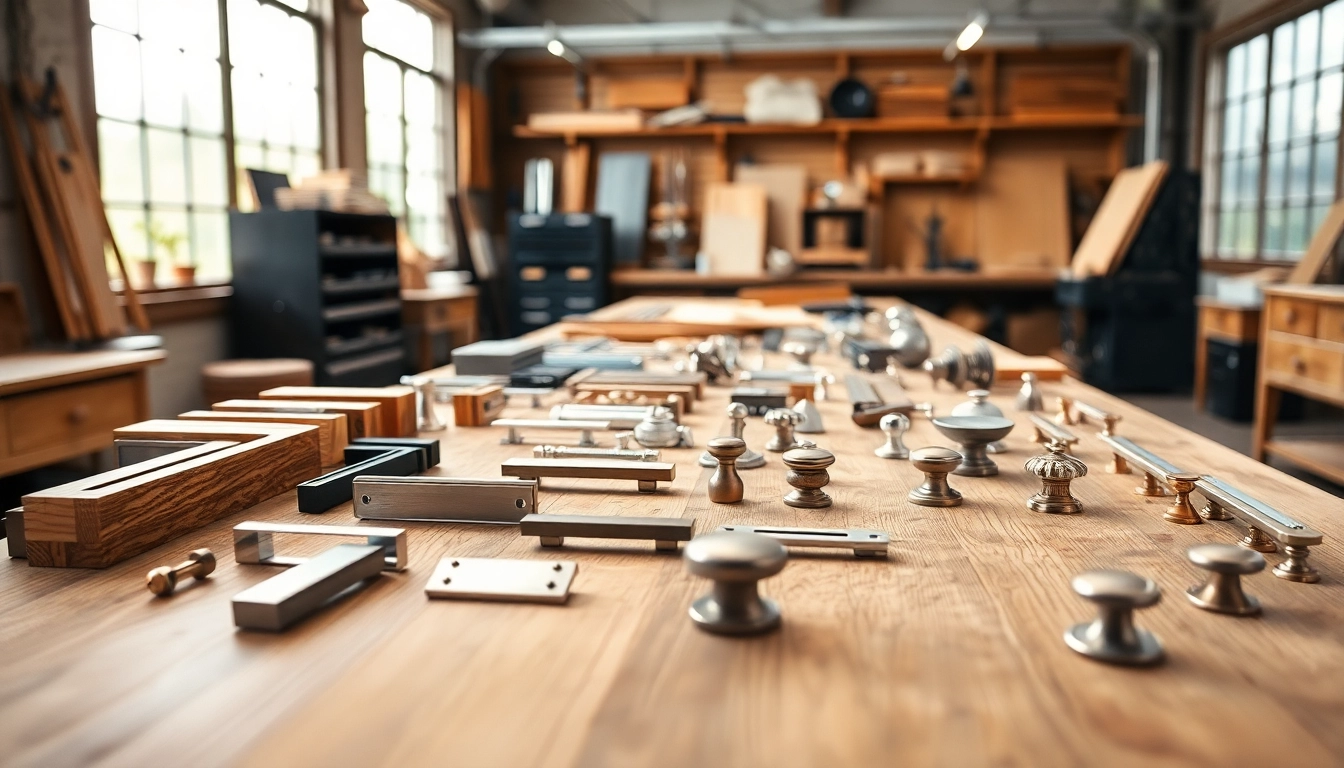Understanding Laminating Resin
What is Laminating Resin?
Laminating resin is a type of synthetic resin specifically formulated for use in creating durable and strong laminates, particularly when combined with reinforcing materials like fiberglass. Its unique properties allow for the effective bonding of multiple layers of materials, resulting in a robust composite. Laminating resin is primarily used in industries such as marine, automotive, and construction due to its versatility and strength. A significant aspect of laminating resin is its ability to cure into a hardened state, providing structural integrity and durability to the finished product. It can be used in various applications, ensuring adhesion and strength where needed. For further details, you can explore laminating resin composition and types.
Types of Laminating Resin and Their Uses
There are two primary categories of laminating resin: polyester and epoxy. Each type has distinct properties, benefits, and applications.
- Polyester Laminating Resin: This type is typically used for marine applications. It is known for its affordability and ease of use. Polyester resin tends to cure quickly, making it ideal for projects requiring speed. It bonds well with fiberglass and is commonly used in boat building, surfboards, and general-purpose applications in various fabrication environments.
- Epoxy Laminating Resin: This resin variant offers superior strength, adhesion, and resistance to water and chemicals. Epoxy laminating resin is more costly than polyester but is preferred for high-performance applications where strength and rigidity are essential. Industries that use epoxy lamination often include aerospace, automotive, and advanced composite manufacturing.
Both types of laminating resin may contain different additives that enhance their properties, making them suitable for specific applications. The choice between polyester and epoxy often depends on the required performance characteristics and the project budget.
Benefits of Using Laminating Resin
The utilization of laminating resin comes with numerous benefits that cater to both industrial and do-it-yourself (DIY) applications:
- Durability: Laminating resin provides excellent life expectancy due to its superior resistance to chemicals, moisture, and UV rays, ensuring longevity in extreme conditions.
- Versatility: This type of resin can be used across a wide range of materials and applications, making it a go-to solution for different types of projects, from marine to automotive.
- Improved Strength: Laminating resin creates a strong bond between layers, enhancing the structural integrity of the composite material.
- Cost-Effectiveness: Especially with polyester options, laminating resin can be more affordable for projects that don’t require premium materials.
- Ease of Use: Many laminating resins come with user-friendly instructions that make them accessible for both professionals and hobbyists.
Applications of Laminating Resin
Common Industries Using Laminating Resin
Laminating resin finds extensive application across various industries. Here are a few notable sectors:
- Marine Industry: Laminating resin is critical in boat building and repair due to its resistance to water and ability to maintain structural integrity over prolonged durations.
- Construction: In the construction field, laminating resin is utilized for developing composite materials used in constructing buildings, bridges, and infrastructure components.
- Aerospace: The aerospace industry employs laminating resin in manufacturing lightweight yet strong components that are crucial for flight dynamics and safety.
- Automotive: Laminating resin is instrumental in producing lightweight parts that enhance fuel efficiency while maintaining safety standards.
DIY Projects with Laminating Resin
Beyond industrial applications, laminating resin is popular for various DIY projects. Hobbyists frequently use it for crafting items like:
- Furniture: Creating custom furniture with laminate surfaces that are both stylish and durable.
- Art Projects: Artists use laminating resin to encapsulate objects, create striking surfaces, or enhance the overall aesthetic of their work.
- Home Repairs: DIY enthusiasts sometimes use laminating resin for minor repairs on boats, furniture, and other household items.
With a proper understanding of techniques and safety precautions, individuals can harness the advantages of laminating resin to complete successful DIY projects.
Marine Applications of Laminating Resin
The marine sector stands out as one of the leading consumers of laminating resin. Here’s an in-depth look at its applications:
- Boat Construction: Laminating resin is used in constructing the hulls of boats, ensuring they remain lightweight yet structurally sound. The resin’s ability to bond with fiberglass cloth is critical for building durable and flexible boats.
- Repairs: For boat repairs, laminating resin serves as a reliable adhesive to restore damaged sections, including reinforcement and adding structural integrity.
- Surface Finishing: Laminating resin provides a smooth finish that not only improves aesthetics but also adds protection against water damage and UV exposure.
Application Techniques for Laminating Resin
Preparation Steps Before Using Laminating Resin
Before applying laminating resin, certain preparatory steps increase the chances of a successful job:
- Surface Cleaning: Ensure that surfaces are free from dirt, grease, and old paint.
- Sand the Surface: Lightly sand the area to create a rough texture which improves adhesion.
- Read Instructions: Always refer to the manufacturer’s instructions for specific preparation requirements based on the resin type.
Best Practices for Mixing Laminating Resin
Mixing laminating resin correctly is crucial for optimal performance. Here are best practices:
- Measure Accurately: Follow the recommended mixing ratio in the instructions to ensure proper curing.
- Mix Thoroughly: Stir the resin and hardener until the mixture is uniform; failure to do so can result in weak spots.
- Use Appropriate Tools: Utilize clean mixing containers and tools to avoid contamination.
Applying Laminating Resin for Optimal Results
When it comes to applying laminating resin, consider the following steps:
- Temperature Control: Apply the resin in optimal temperature conditions for the best curing. Typically, warm environments facilitate faster curing times.
- Layering: For composite projects, apply resin in layers, allowing each layer to cure before adding the next.
- Finishing Techniques: For the best surface finish, consider sanding and polishing after the resin has fully cured.
Challenges and Solutions in Laminating Resin Use
Handling Common Problems with Laminating Resin
While laminating resin is generally easy to work with, users may encounter certain challenges:
- Incorrect Mix Ratios: This can lead to weak bonds. It’s essential to always measure components accurately.
- Bubbling: Air trapped during mixing can cause problems. To mitigate this, mix slowly and use a vacuum chamber when necessary.
- Tacky Surface: This occurs if the curing conditions are not optimal. Ensure that temperature and humidity are within the recommended range.
Adhesion Issues and Solutions
Adhesion failure is a common concern when working with laminating resin. Here are suggested solutions:
- Surface Preparation: Ensure all bonding surfaces are adequately prepared; clean and sand as necessary.
- Use of Adhesives: Sometimes incorporating additional adhesives can enhance bonding.
- Curing Conditions: Maintaining optimal curing conditions (temperature and humidity) is critical for ensuring proper adhesion.
Storage and Shelf-Life Challenges
The shelf life of laminating resin can vary, and users must be mindful of storage conditions:
- Cool and Dry Location: Store the resin in a cool, dry place away from direct sunlight to prevent degradation.
- Seal Tight: Ensure that containers are sealed tightly after use to prevent moisture contamination.
- Check Expiration Dates: Always check the expiry date and do not use expired materials for critical applications.
Evaluating Performance Metrics of Laminating Resin
Testing Durability of Laminating Resin
Evaluating the durability of laminating resin is essential to determine its suitability for specific applications:
- Flexural Strength Tests: Assessing how much force the laminate can withstand before failing gives valuable information about its strength.
- Tensile Strength Testing: This measures the resin’s ability to resist being pulled apart.
- Impact Resistance: Testing how well the laminate resists impact helps predict long-term performance.
Understanding Curing Times and Conditions
Curing time influences the overall project timeline and success. Considerations include:
- Temperature: Warmer temperatures generally lead to faster curing times. Adjust environmental conditions where possible.
- Humidity Levels: High humidity can affect the curing process; aim for moderate conditions.
- Type of Resin: Different formulations may have distinct curing times, so understanding the specific product is critical.
Quality Indicators for Laminating Resin Performance
Assessing quality can be performed by looking into these indicators:
- Transparency: High-quality laminating resin cures to a clear finish, without cloudiness.
- Consistency: A uniform mixture without lumps or bubbles suggests good quality.
- Bond Strength: After curing, perform tests to ensure that the bond holds under stress, indicating reliable performance.



